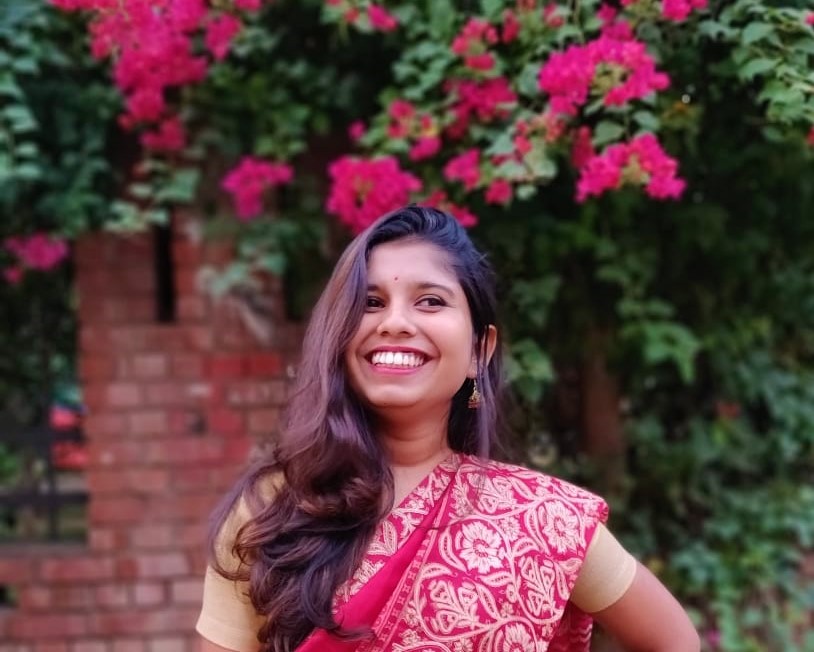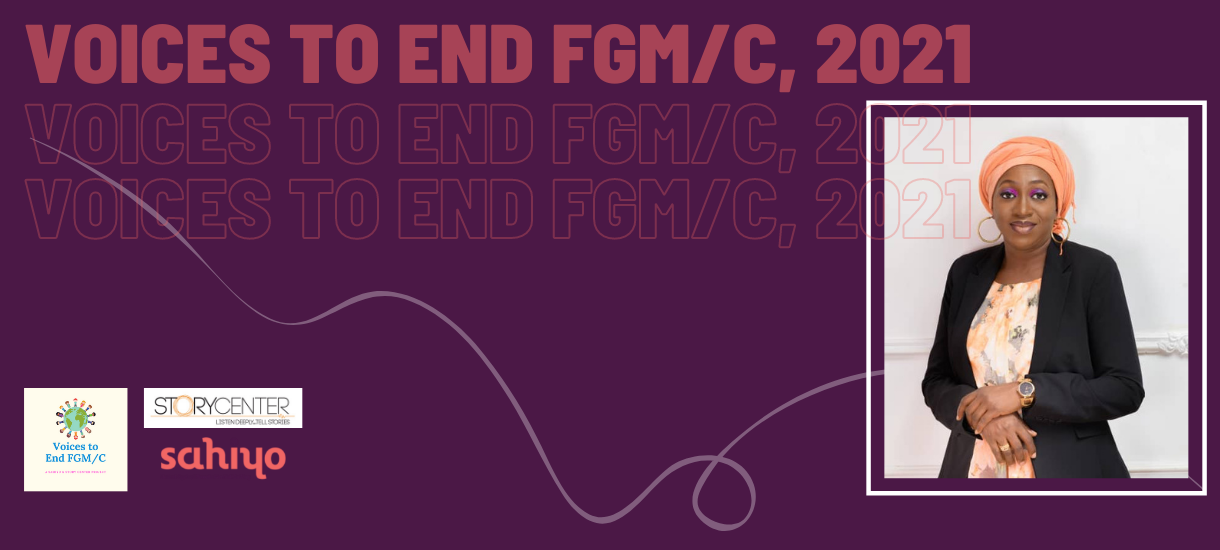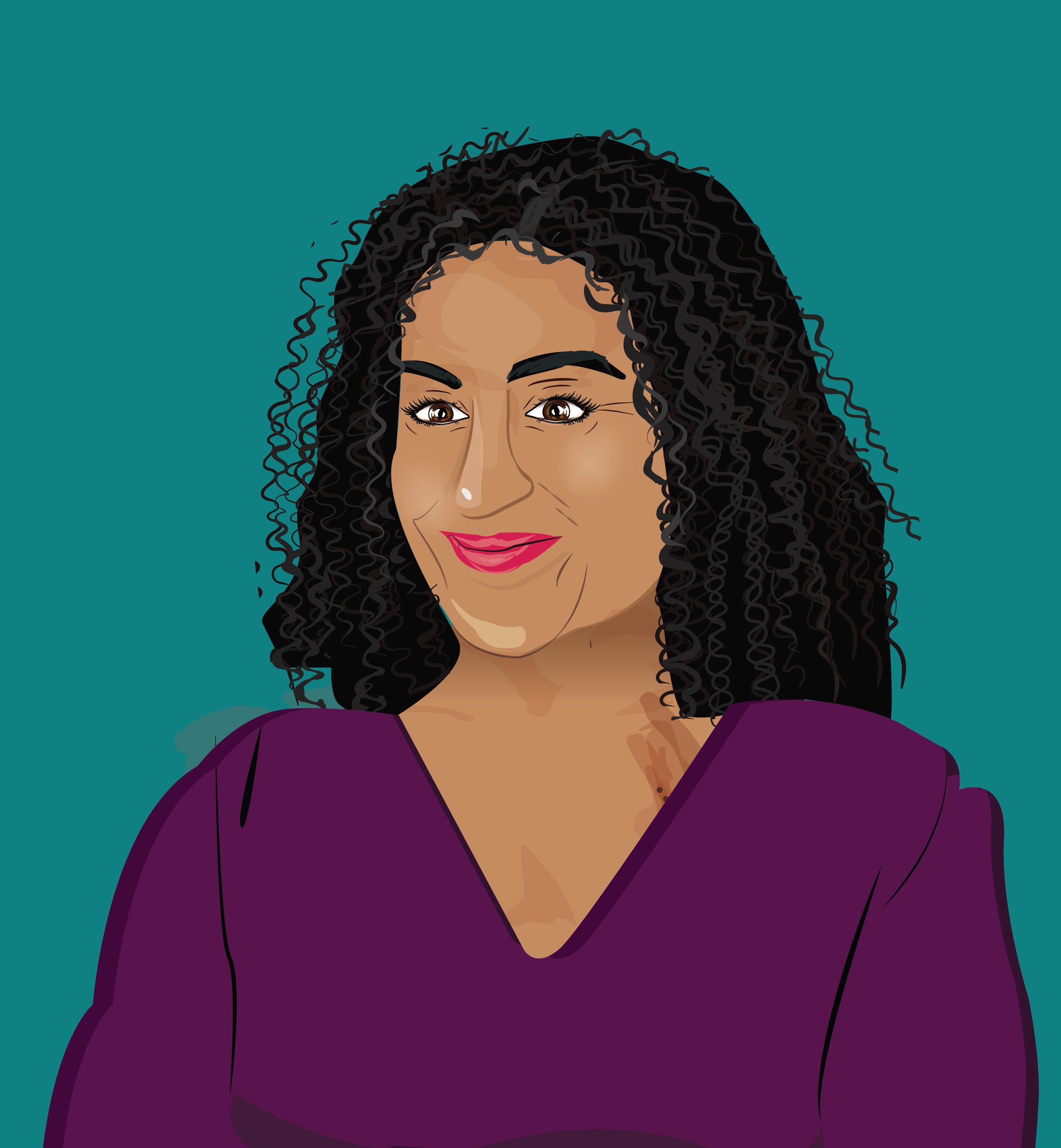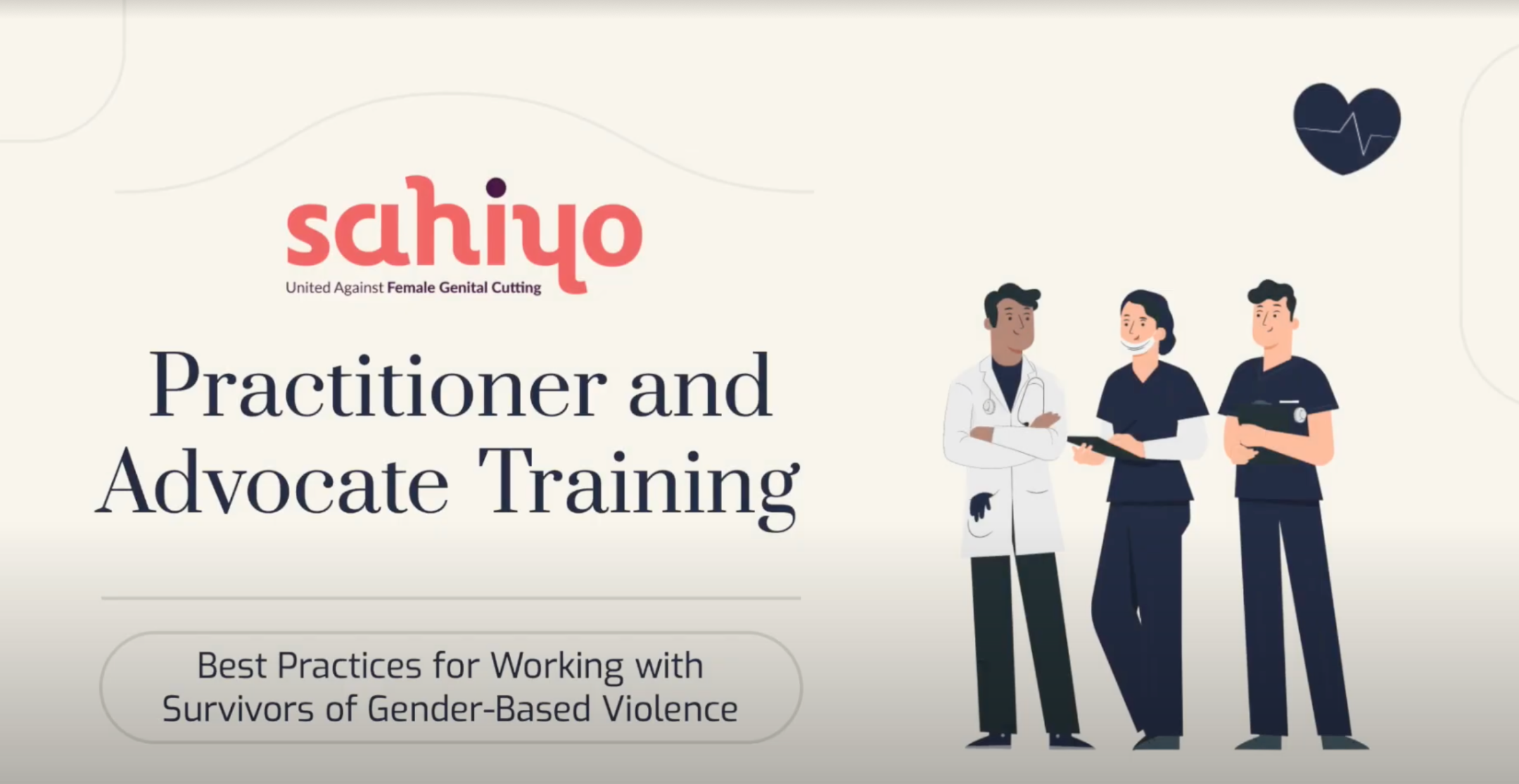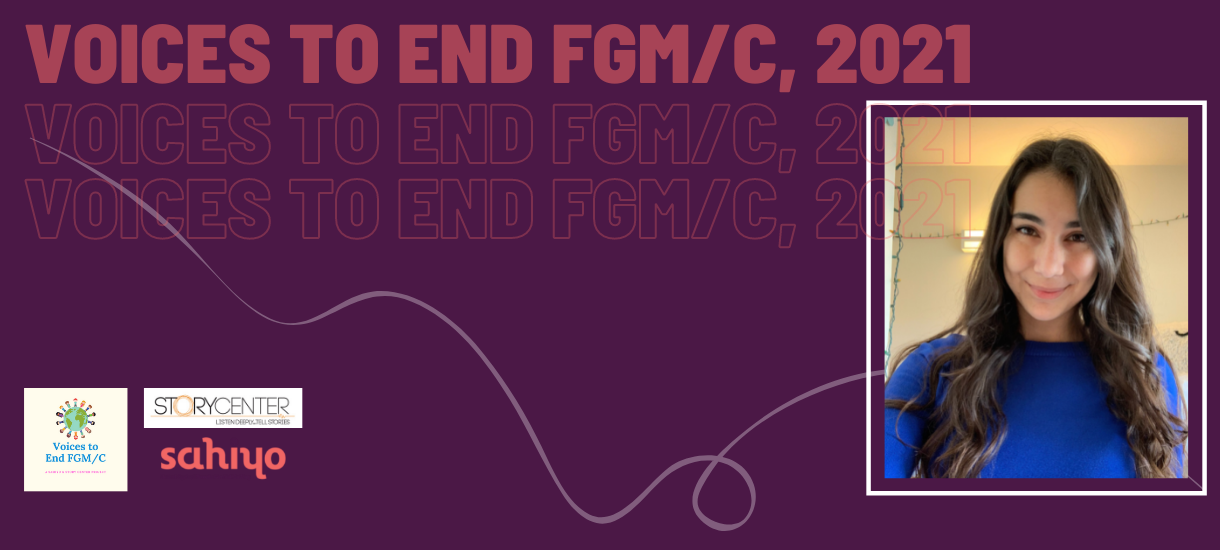By Madrisha Debnath
Not belonging to a community where female genital cutting (FGC) is practiced, I have often faced questions on how I can understand how the practice could occur if I am an outsider and the religion or culture I grew up in never condoned it. Interestingly, those who have questioned me have been peers at my university, who also did not come from FGC-practicing communities. But, each of us have grown up in a certain cultural community that has performed certain traditions or norms for generations. In other words, the societies we live in have constructed certain social norms and practices that are followed by its members to keep it going. Therefore, understanding this perspective, one can relate to the practice of FGC according to their own social position and be reflexive in terms of their subjectivity.
When I first learned about female genital cutting, I was shocked by the physical pain a child undergoes to fit into the heterosexual matrix regulated by the institution of marriage. Not knowing anything about the practice or having experienced it, but being a female with a clitoris, I could not bear the distress of understanding how painful it must be to be cut at the site of more than 8,000 sensory nerve endings.
I kept on watching and re-watching documentaries, the narratives on FGC, and listening to survivors’ stories. The more I listened to their stories in an attempt to understand the social process, the more I felt the survivors’ trauma. I tried to understand the agency of the women, particularly the role of a mother or grandmother taking part in the very system that regulated their own body. Why is it that the mother, the one who could possibly be the most sympathetic toward the child, could subject her daughter’s body to FGC?
According to the stories of the survivors, even in cases when the memory of the cut may be repressed, the “body memory” can remember the pain. The effect of the trauma may be repeated every month as the girl hits puberty, during intimacy, and again potentially through her future daughter’s experience with FGC. The first thing I could relate to culturally from my own social construct was how the institution of marriage itself works. In my opinion, marriage is actually a relation from a man (the father) to another man (the husband), whereby the woman is transferred as the symbol of lineage. When the occasion of marriage takes place, generally a change in location takes place for the woman, as her guardianship is being transferred.
I recently attended my brother’s wedding in India whereby the next morning my sister-in-law had to leave her house and come to our place of residence. Although belonging from the groom’s side, I was supposed to be rejoicing and welcoming my new sister-in-law. But I couldn’t hold my tears as the bride left her family. Being a girl, I could not withstand the final moments of my sister-in-law departing from her mother. The bride and her mother burst into tears. The ritual of Kanyadaan, or giving away the female child with the virtue of generosity and charity, performed by the father of the bride to her husband, ensures her transfer from her father’s family to her husband’s family as a symbol of lineage.
Before leaving her father’s family the daughter performs kanakanjali, which involves paying off her mother’s debt. But is it possible to pay off a mother’s debt? The mother, who had once undergone the same rituals and practices, may have once felt the pain of leaving her family aside, but now it is her daughter who has to undergo the same practices. How can the mother hold her tears? She had to once leave her family and now her daughter is undergoing the same practice.
There have also been counter spaces of resistances within the communities against these norms. For example, in my community now, female priestesses are challenging the perception that a priest could only be someone who is male since the female body was not considered to be “pious” for performing rituals because of the taboo of menstruation associated with them. Challenging this perception, the female priestesses are performing marriage rituals without the norm of kanyadan. The women are advocating marriage to be a union between two equals and that one cannot be given away as a gift to another. The rituals that are being performed by the female priestess simply denote the union of two families, where the bride is not considered as a “gift” since she is not a commodity which can be simply given away.
Drawing a parallel between the norm of marriage and the transference of guardianship of the woman from the cultural institution I belong to, to that of how FGC can continue is how I can understand how rituals or practices can continue generation after generation. We perform them because they have been performed by others before us in our communities.
The questions that I’m left with are whether there is actually any choice by the girl or woman herself to undergo the practices whether in the example of marriage I gave or by the girl who undergoes FGC? And in the case of FGC, is it the mother or the grandmother who chooses to facilitate the practice to be performed on their daughter, or is it the performative nature of tradition that keeps the practice going, being repeated and recited again and again?


